Pros
- Readily available
- Less painful operation with quicker recovery (because your own tissue is not harvested)
Who should have
The indications for undergoing an ACL reconstruction are:
Recurrent symptoms of ACL instability following an ACL rupture
A high likelihood of developing ACL instability due to a combination
Age
Activity level
Activity type
A knee with both an ACL rupture and a meniscal tear requires surgical repair for the meniscus due to higher success rates.
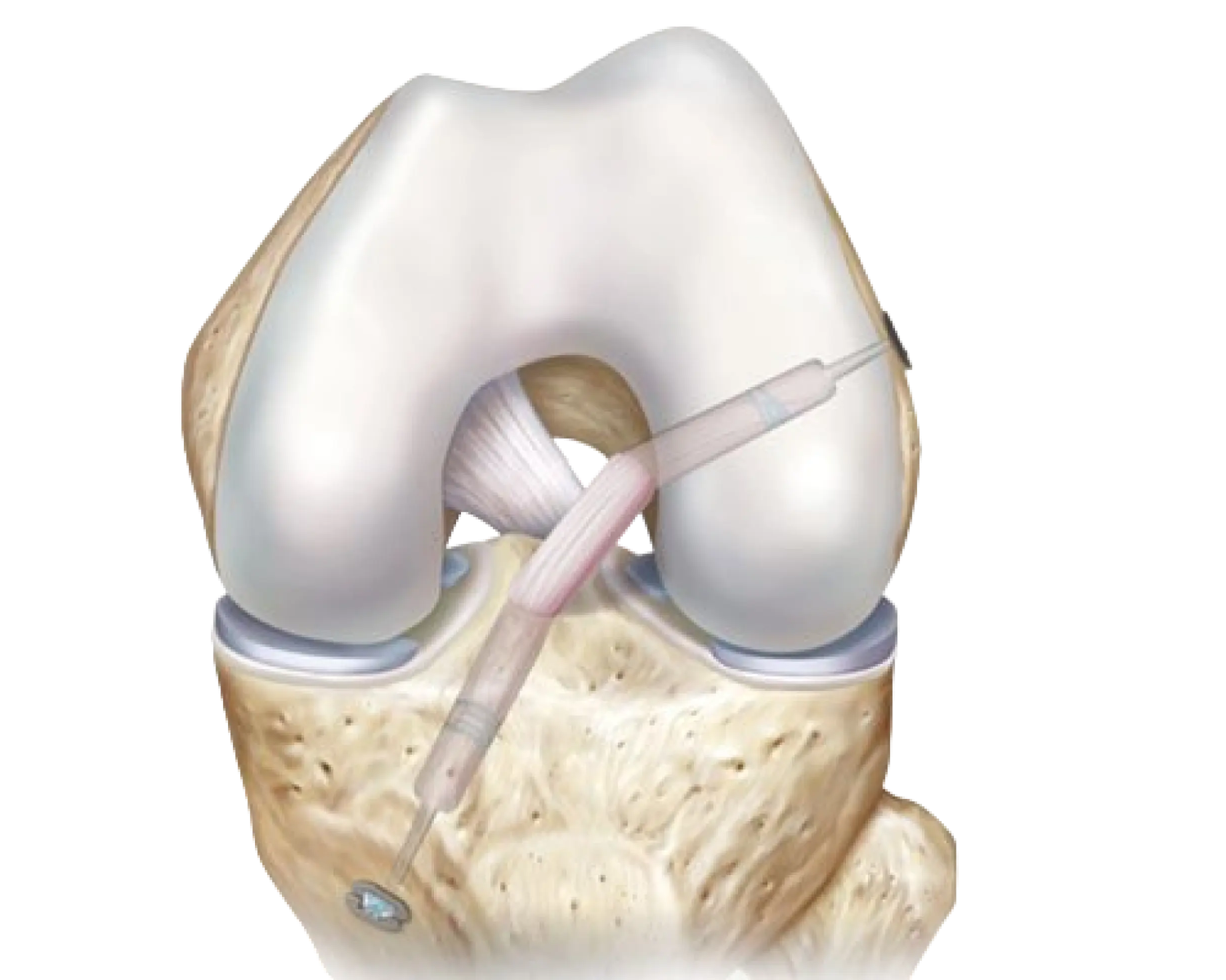
Repair involves keeping the original ligament by directly suturing the two ends of the rupture together.
Attempts at repair of ACL tears are now largely historical due to the high rate of failure of the surgery.
All ACL surgery nowadays is a reconstruction. This involves replacing the damaged tissue with a substitute tissue called a graft. The most commonly used grafts involve use of tissue from the patient (autografts). Tissue from donor patients (allografts) can also be used, as can synthetic ligaments.
The most commonly used autografts are:
1
Hamstring tendons
2
Patella ligament
3
Quadriceps tendons

The knee must have stable ligaments otherwise the joint instability will destroy the reconstructed cartilage.
You need a special long x-ray (four foot film) to determine where the load is being transmitted within the knee. If most of the load is centred on the area of cartilage damage, you will also need a realignment operation (osteotomy) to unload the area otherwise the reconstructed cartilage will once again be destroyed. It is analogous to driving a car with a bald tyre and poor wheel alignment and only replacing the bald tyre.

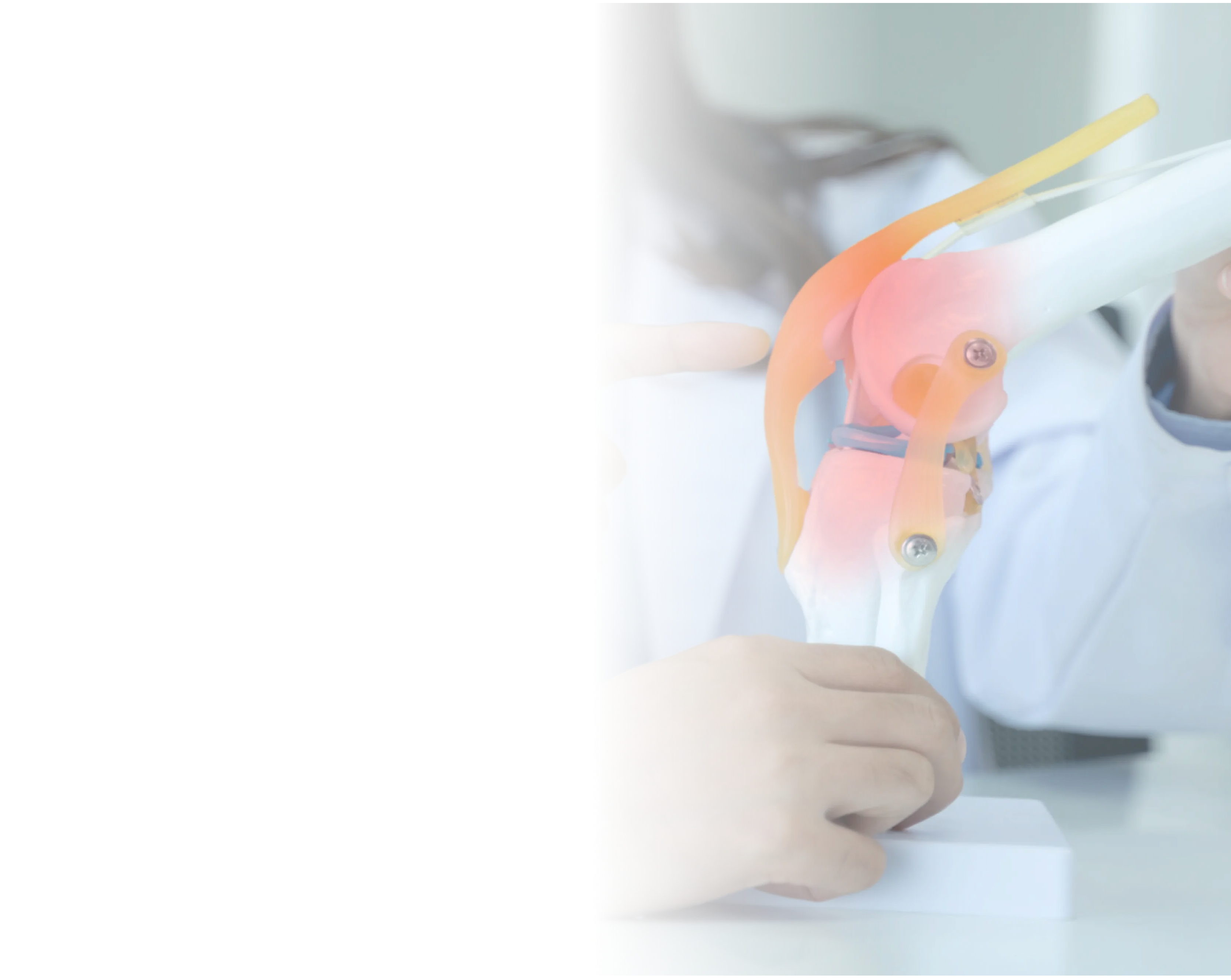
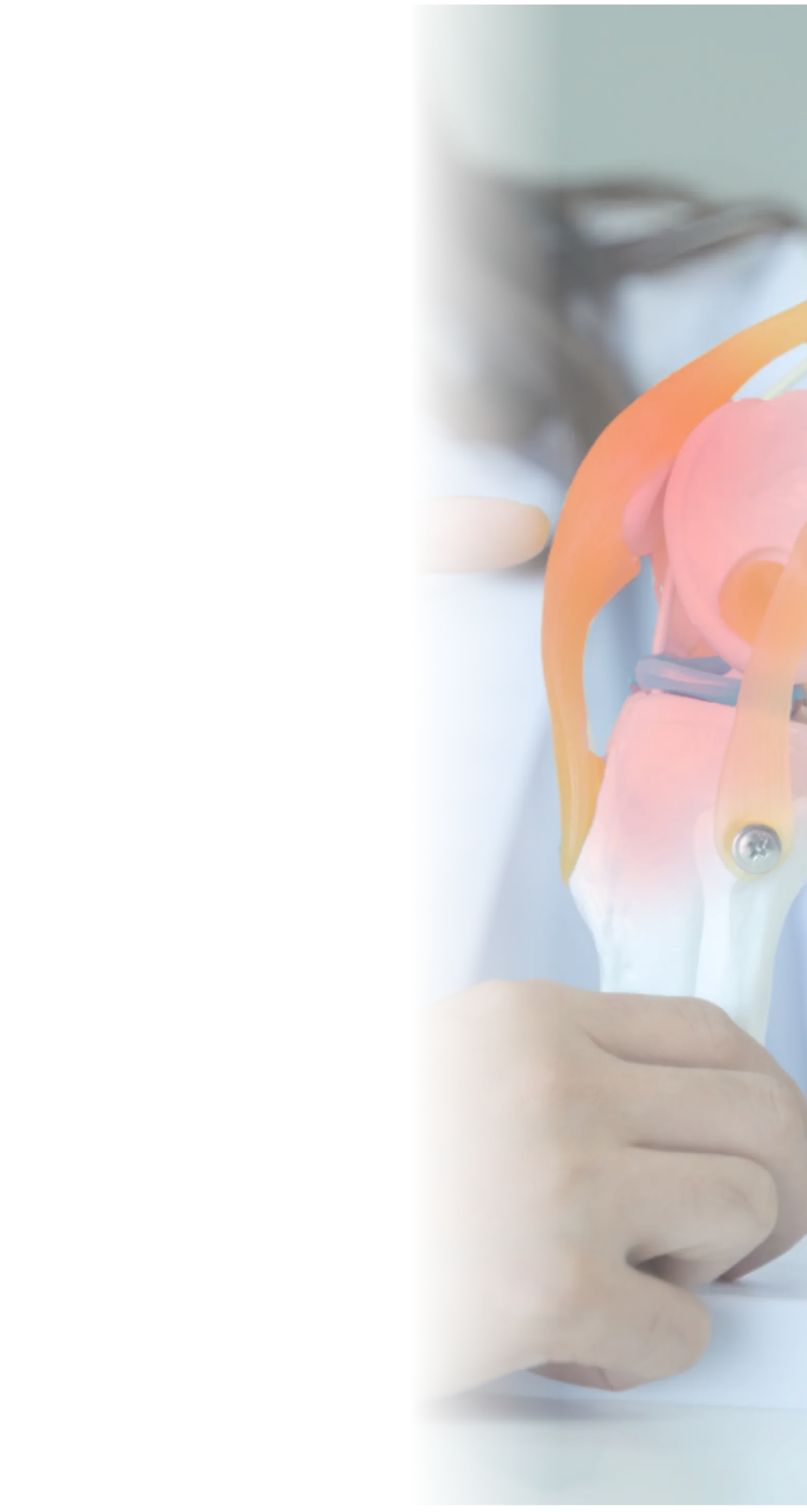
There are pros and cons of using cadaver tendons.
Synthetic ligaments, utilized over 20 years ago, experienced initial success but later waned due to unsatisfactory long-term outcomes. While a recent resurgence occurred, it has again lost favor.
Unless the knee is locked from a torn cartilage jammed in the knee or there are associated injuries, which require surgery, there is no urgency to perform your ACL reconstruction. The reconstruction is best performed on a knee with minimal swelling, which is bending well, in a patient with a near normal gait
Often the reconstruction is timed for a period that suits work or study commitments.
Surgical techniques have evolved, leading to reduced complications and faster recovery. Dr. Seeto harvests your graft via an open incision.
The surgery continues arthroscopically: the damaged ligament is removed, bone tunnels are drilled, and the new graft is placed. This graft serves as your new ACL. The graft is secured in the bone with devices while it heals. The arthroscope allows assessment of the knee and addressing of other issues like meniscal tears. The wounds are closed, anaesthetic is applied, and a dressing is used.

The surgery usually takes between 60–90 minutes.
Unless you require other ligaments reconstructed or repaired at the time of surgery, Dr Seeto does not put your knee in a brace post surgery.
Dr Seeto keeps most of his ACL reconstruction patients one night in hospital. If it is strongly desired, you can go home the same day of the surgery.
After waking up, you'll find a bulky leg bandage.
An x-ray in recovery checks implant placement. The next day, the bulky bandage is replaced with waterproof dressings, staying on until your first visit with Dr. Seeto. A support stocking controls swelling. A physiotherapist will teach safe crutch use and walking.
You will be discharged home once
On discharge from hospital, you will be given a single sheet of simple exercises to perform. These are to be performed daily until you see Dr Seeto for follow up.


It is common to require some pain killing medication after surgery.
Some patients require very little medication. Some patients require a lot. Your anaesthetist will give you a script for this medication on the day that you are discharged from hospital. You need to take enough medication so that you are comfortable after the surgery and can perform the rehabilitation exercise sheet.

All patients use crutches upon leaving the hospital. Some need them for 2 days, others for 2 weeks. It's not a rush to stop using them; you can do so when you feel safe and comfortable.
Dr Seeto is happy for you to drive again when you can walk comfortably without crutches and no longer require strong pain killing medication
Dr Seeto will see you approximately 10 days after your surgery. Dr Seeto’s secretary will contact you after your surgery to assess your recovery, answer any queries and to remind you of your follow up appointment.
At your follow up appointment, Dr Seeto will ensure you do not have any signs or symptoms of complications.
He will show you pictures taken from inside your knee during your surgery and explain the surgery that was performed. Your dressings will be changed and any sutures will be removed. You will be given a more formal rehabilitation protocol that you can take with you to your physiotherapist as a guide for ongoing rehabilitation.
Physiotherapy is vital and starts after your first post-op consultation with Dr Seeto. Pre-op physio readies your knee. Initial goals are regaining motion, reducing swelling, and achieving full weight bearing. The rehab will be supervised by a physiotherapist and include exercises like cycling, swimming, proprioception, and muscle strengthening. Cycling begins at 2 months, jogging around 3 months. Some sports are possible around 6 months, considering confidence, fitness, and training.
Pro athletes return around 6 months, while recreational ones might take 10-12 months based on motivation and effort. Knee rehab's success depends on associated injuries like meniscus, cartilage, or ligament damage.
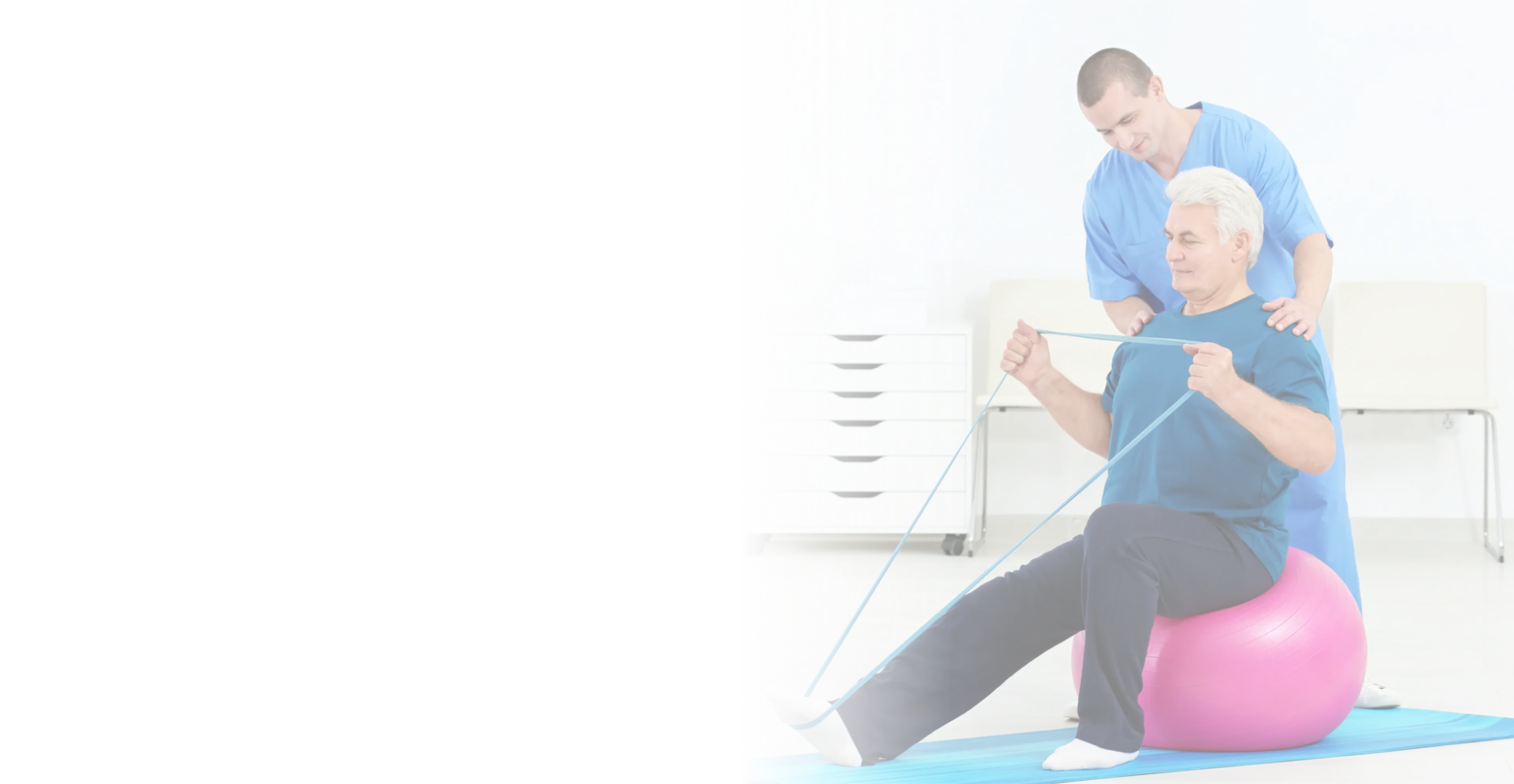

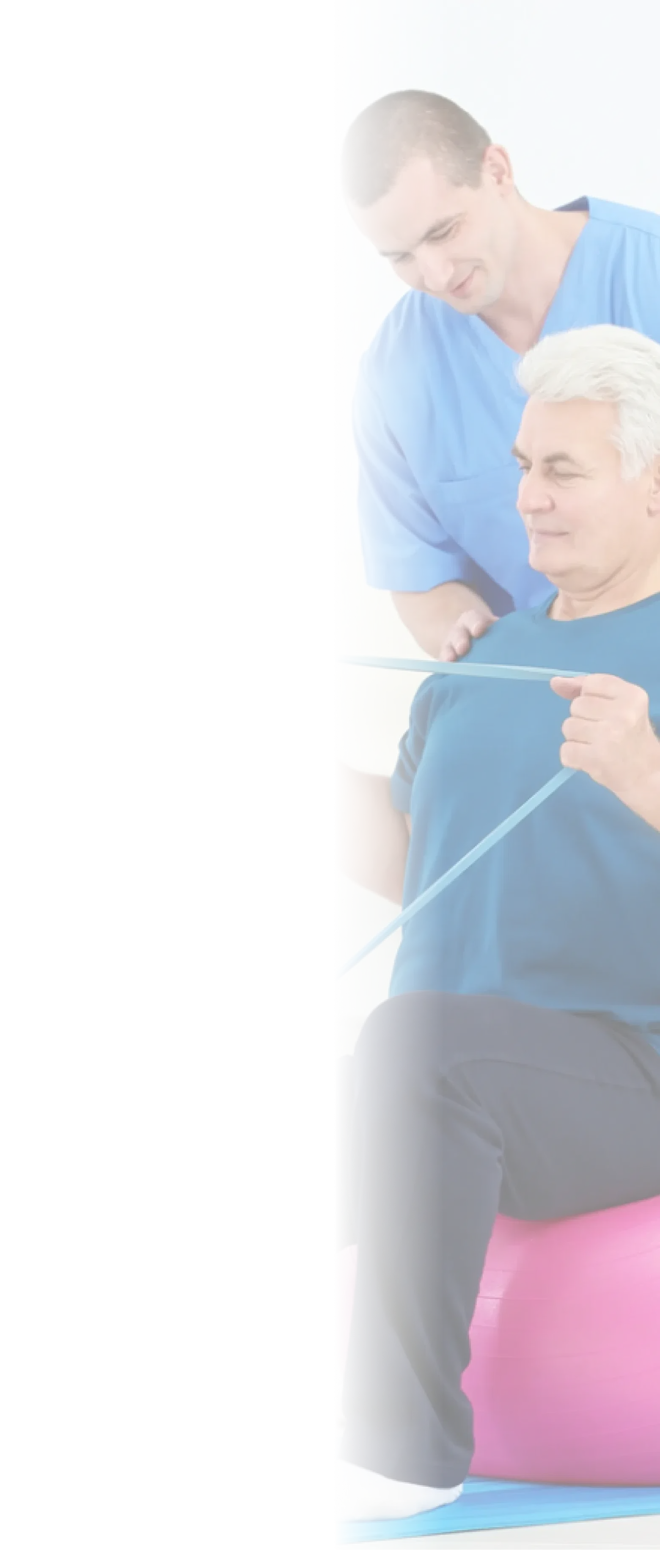
Dr Seeto would like you to refrain from pivoting or contact sport until at least 9 months following your surgery.
The following is a list of surgical complications. These are all rare but can occur. Most are treatable and do not lead to long term problems.
1
Infection
2
Deep vein thrombosis
3
Excessive swelling & bruising
4
Joint stiffness
5
Graft failure
6
Damage to nerves or vessels
7
Hardware problems
8
Donor site problems
9
Residual pain
10
Reflex Sympathetic Dystrophy

Dr Seeto in affiliation with Medibank Private and East Sydney Private hospital, offers a program for eligible Medibank Private Members, to eliminate medical out of pocket costs for your Knee Replacement.
The program includes a pre-surgery preparation program, spending the minimal time necessary in hospital, as well as home rehabilitation if necessary.